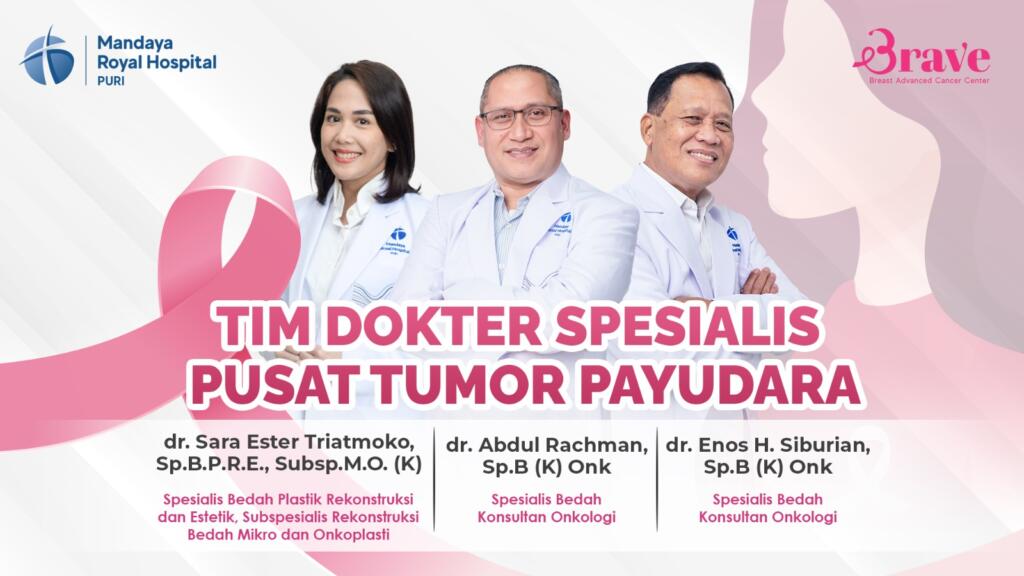Hand swelling after mastectomy is a common occurrence and affects 1 in 5 individuals (20%) undergoing cancer treatment, including lymph node removal and radiotherapy. If left untreated, lymphedema can worsen, cause pain, and limit arm mobility.
To manage this condition, doctors may recommend several procedures, including lymphaticovenular anastomosis.
Contents
Why Does Hand Swelling Occur After Mastectomy?
During breast cancer surgery, including mastectomy, nearby lymph nodes are often removed. This disrupts lymphatic flow, leading to swelling, also known as lymphedema.
This swelling can affect one or both arms, the head and neck, abdomen, genitals, or legs. The condition may worsen over time, potentially leading to severe swelling, skin wounds, and other complications. Affected areas are also more prone to infections.
There are several types of lymphedema that may develop post-mastectomy:
- Mild Lymphedema: This occurs within a few days after surgery and usually resolves quickly.
- Post-Surgical or Radiation-Induced Lymphedema: This may appear 4-6 weeks after surgery or radiation and typically subsides over time.
- Chronic Lymphedema: The most common form, it is painless and develops gradually over 18-24 months or longer post-surgery. This condition does not improve without treatment.
Early Signs and Symptoms of Lymphedema
- Tightness in wristbands, rings, or clothing
- Swelling in the arm, hand, or shoulder
- Pain, heaviness, stiffness, or a tight sensation in the affected area
Lymphedema Treatment After Mastectomy With Microsurgery
Lymphedema treatment aims to reduce swelling and prevent further fluid buildup. One effective method is lymphaticovenular anastomosis (LVA), performed by Dr. Sara Ester Triatmoko, Sp.B.P.R.E., Subsp.M.O. (K), a specialist in Plastic Surgery and Micro & Oncoplastic Reconstructive Surgery.
LVA is a super microsurgical procedure that bypasses the lymphatic vessels to the venous system. According to Dr. Sara, this technique is highly advanced, as the bypassed blood vessels are extremely small, measuring just 0.3 mm in diameter.
Before surgery, a contrast dye is injected into the patient’s hand to trace lymphatic pathways and identify blockages. The problematic areas are then marked for bypass surgery.
“This bypass procedure helps reduce swelling by creating new drainage pathways, directing lymph fluid into the venous system, and alleviating the condition,” explains Dr. Sara.
Dr. Sara further emphasizes that lymphedema treatment is available even for patients who had breast surgery months or even years earlier. “There is no time limit for treatment. As long as a patient experiences lymphedema, we can address it. The sooner, the better, so the patient can regain comfort as quickly as possible.”
Comprehensive Breast Cancer Surgery Team at Mandaya Royal Hospital Puri

Mandaya Royal Hospital Puri offers a comprehensive team for breast cancer surgery, including:
- Lumpectomy: Breast-conserving tumor removal
- Mastectomy: Full breast removal
- Breast Reconstruction: Post-mastectomy breast reconstruction
- Lymphedema Management: Treatment for post-mastectomy lymphedema
This team includes oncology surgeons Dr. Abdul Rachman, Sp.B (K) Onk and Dr. Enos H. Siburian, Sp.B (K) Onk, along with plastic surgeon Dr. Sara Ester Triatmoko, Sp.B.P.R.E., Subsp.M.O. (K), specializing in microsurgery and oncoplastic surgery.
As part of the Mandaya Royal Hospital Puri Comprehensive Cancer Center, patients requiring additional treatments beyond surgery can receive integrated care at the same facility. The hospital offers advanced medical services, including:
- Radiotherapy with LINAC ELEKTA Versa HD – The highest-specification radiotherapy machine in its class
- Chemotherapy Suite – Provides targeted and systemic therapy based on patient needs
Schedule Your Breast Health Check-Up
If you want to check your breast health, you can use the Chat via WhatsApp, Book Appointment, or download the Care Dokter App from Google Play and the App Store for appointments and more information.

